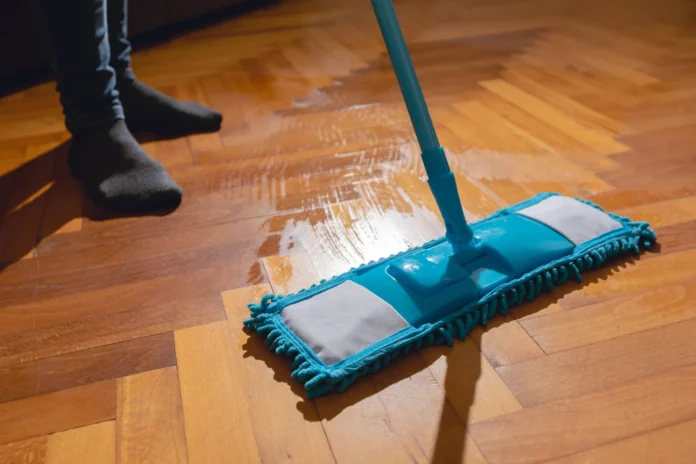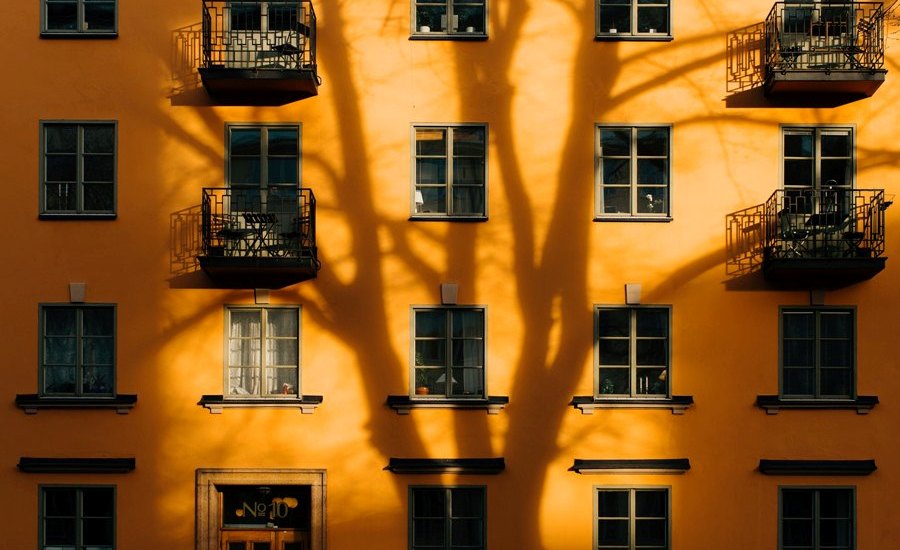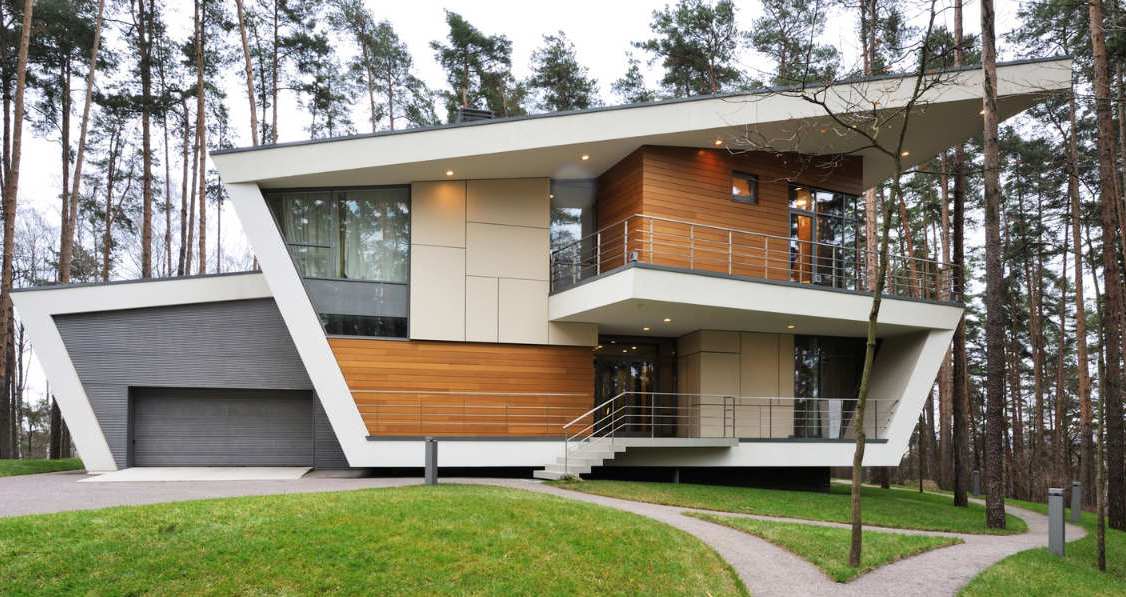Beautiful hardwood floors can last for decades and withstand wear and tear as families go about their everyday lives. However, water is one of the significant weaknesses of the most durable hardwood floor.
Hardwood floors will be permanently ruined if exposed to too much moisture. Warping, bending, and bowing floorboards result in uneven walking surfaces. Even if you have the skills and resources to repair water damage San Clemente, hiring a professional makes sense if you don’t have enough time or own a rental property. So, let’s look at how water damage affects hardwood flooring.
What Causes Water Damage to Hardwood Floors?
Water damage to hardwood floors happens when the floor absorbs too much moisture. When concerns such as plumbing leaks, foundation and structural damage, or high humidity levels are not appropriately handled, water damage is most likely to occur over time.
If Hardwood floors are left wet for an extended period and do not have enough time to dry out, they become damaged.
How Does Water Damage Affect Hardwood Floors?
Hardwood floor water damage can be extremely obvious or hidden, depending on the extent and area of the water leak. It is likely water damaged if it no longer lays flat without any known harm.
Water damage to hardwood floors happens near the source of the water. The damage is common near doors and appliances like radiators and kitchen islands. The damage is often hidden behind walls, shelving, or beneath the devices and is difficult to notice.
Discoloration and Fading
Water-damaged hardwood floors often show discoloration and fading, taking on a black or dark shade that wasn’t present previously. Minerals in the water, mildew, rust in nails, and mold growth create this staining, observed in spots or cracks between floorboards.
Warping
Water-damaged hardwood flooring may become warped as the planks absorb the moisture. Warped boards might “cup” if the planks’ edges rise, or they may crown, buckle or form humps on the floor if numerous boards expand simultaneously.
Buckling
When moisture causes planks to move away from the subfloor, this is known as buckling or crowning. The subfloor separation results in visible elevated planks within the floor, creating an uneven flooring surface.
Buckling may be mild and difficult to detect early, but the condition develops over time. In most cases, cupping and buckling occur together.
How to Prevent Hardwood Floor Water Damage?
We can’t always control what causes water damage, but we can occasionally take necessary actions to avoid it.
You have to clean up any water spills or pools of water on your floors as soon as possible. Immediately grab a clean, dry towel or mop if you notice any evidence of wetness. Any potential damage to your floors will be reduced or eliminated if you act quickly.
When washing your floors, avoid using too much water or cleaning solution. Keep a watch on your plumbing and, if in doubt, seek professional assistance to ensure that all fittings and fixtures are working correctly.
Professional Hardwood Floor Water Damage Repair
Hiring a skilled hardwood floor restoration specialist can be a wise move. Hardwood floors can be challenging to restore, especially if there has been a lot of water damage.
It’s simple to estimate moisture content, remove excess water, dry out the floor, fix any damage, then sand and refinish the flooring with an expert’s specialized equipment, such as industrial dehumidifiers and commercial sanding machines.
Experts can also spot and operate in potentially dangerous places, such as sewage leaks or toxic mold, and clean up and dispose of damaged boards on your behalf.
Final thoughts
Water damage can be overwhelming, and the repairs can be expensive, but you will save more money if you act quickly. Water damage to hardwood floors worsens with time, and every hour matters. You should take all the necessary precautions, and if hardwood Floor Water Damage occurs, you should immediately contact a restoration professional.



















